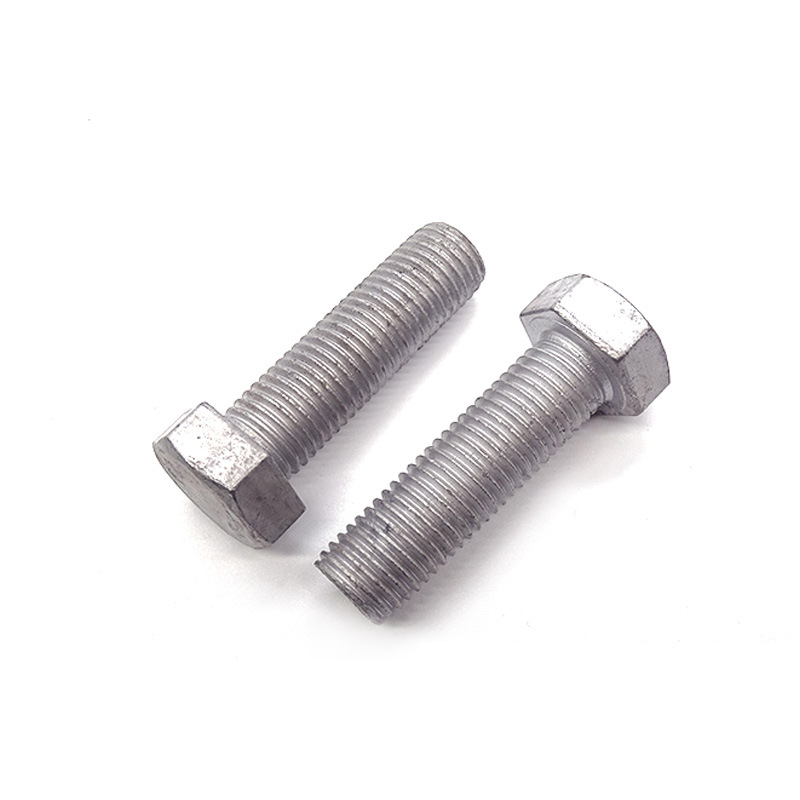

stud bolt with nut and washer
Nov . 21, 2024 18:41 Back to list
stud bolt with nut and washer
The Importance of Stud Bolts with Nuts and Washers in Mechanical Assemblies
In the world of engineering and construction, fastening systems play a crucial role in ensuring the stability and integrity of connections between different components. Among the various fastening components available, stud bolts, along with nuts and washers, are essential in creating reliable and secure joints. This article delves into the significance of these components, highlighting their applications, benefits, and best practices for use.
Understanding Stud Bolts
Stud bolts are cylindrical rods made from high-strength materials, typically steel, that are threaded on both ends. They have no head, which allows them to be used in applications where a traditional bolt would be too cumbersome or obstructive. The utility of stud bolts lies in their ability to provide high tensile strength, making them ideal for high-pressure environments, such as in oil and gas pipelines, chemical plants, and heavy machinery assemblies.
Stud bolts come in various grades, which indicate their strength and corrosion resistance. When selecting a stud bolt, engineers must consider the application’s specific demands, such as the loads they will bear, exposure to harsh environmental conditions, and any relevant safety standards.
The Role of Nuts and Washers
Nuts are fasteners that, when paired with stud bolts, secure parts together. They typically possess internal threads that fit onto the external threads of the stud, allowing for tight connections. Washer components play a crucial supporting role. Washers are flat disks that distribute the load of the nut and bolt over a larger area, reducing the risk of damage to the material being fastened. They also help to prevent loosening due to vibration and cyclic loading, which can be prevalent in many industrial applications.
Advantages of Using Stud Bolts with Nuts and Washers
1. Enhanced Load Distribution By utilizing washers along with stud bolts, engineers can mitigate the risk of localized stress that may damage components. The wider surface area of the washer ensures that force is evenly distributed, enhancing the joint's longevity.
2. Resistance to Vibration The combination of a properly tightened nut with a washer significantly reduces the chances of loosening due to vibration, a common challenge in heavy-duty machinery and vehicles. This aspect is vital, especially in environments that experience frequent movement or mechanical activity.
stud bolt with nut and washer

3. Easy Assembly and Disassembly Stud bolts allow for easy assembly and disassembly of components, making maintenance and repairs more straightforward. This is particularly beneficial in industries where components must be regularly replaced or serviced.
4. Versatility Stud bolts with nuts and washers can be used in a wide range of applications, from civil engineering projects to aerospace and automotive manufacturing. Their adaptability makes them a popular choice across numerous fields.
Best Practices for Installation
To ensure optimal performance from stud bolts, nuts, and washers, certain best practices must be adhered to
- Proper Torque Specifications It is vital to tighten nuts to the manufacturer's recommended torque specifications. Over-tightening can lead to bolt failure, while under-tightening can result in joint loosening.
- Use of Locking Devices In applications subject to severe vibration, consider utilizing locking washers or thread-locking compounds to enhance connection security.
- Regular Inspections Conducting routine inspections of bolted joints is essential to identifying potential issues before they escalate into failures. Look for signs of wear and loosening to maintain structural integrity.
Conclusion
Stud bolts with nuts and washers are foundational elements in mechanical assemblies, providing the strength and reliability needed in various applications. Their ability to withstand high tension and resist loosening due to vibration makes them indispensable in modern engineering. By following best practices during installation and maintenance, engineers can ensure that these components perform effectively, contributing to the overall safety and durability of structures and machinery. Additionally, as industries evolve, continued innovation in fastening technologies will further enhance the reliability of stud bolts in challenging environments.
Latest news
-
High-Strength Hot Dip Galvanized Bolts - Hebei Longze | Corrosion Resistance, Customization
NewsJul.30,2025
-
Hot Dip Galvanized Bolts-Hebei Longze|Corrosion Resistance&High Strength
NewsJul.30,2025
-
High-Strength Hot-Dip Galvanized Bolts-Hebei Longze|Corrosion Resistance&High Strength
NewsJul.30,2025
-
Hot Dip Galvanized Bolts-Hebei Longze|Corrosion Resistance&High Strength
NewsJul.30,2025
-
Hot Dip Galvanized Bolts - Hebei Longze | Corrosion Resistance, High Strength
NewsJul.30,2025
-
High-Strength Hot Dip Galvanized Bolts-Hebei Longze|Corrosion Resistance, Grade 8.8
NewsJul.30,2025

